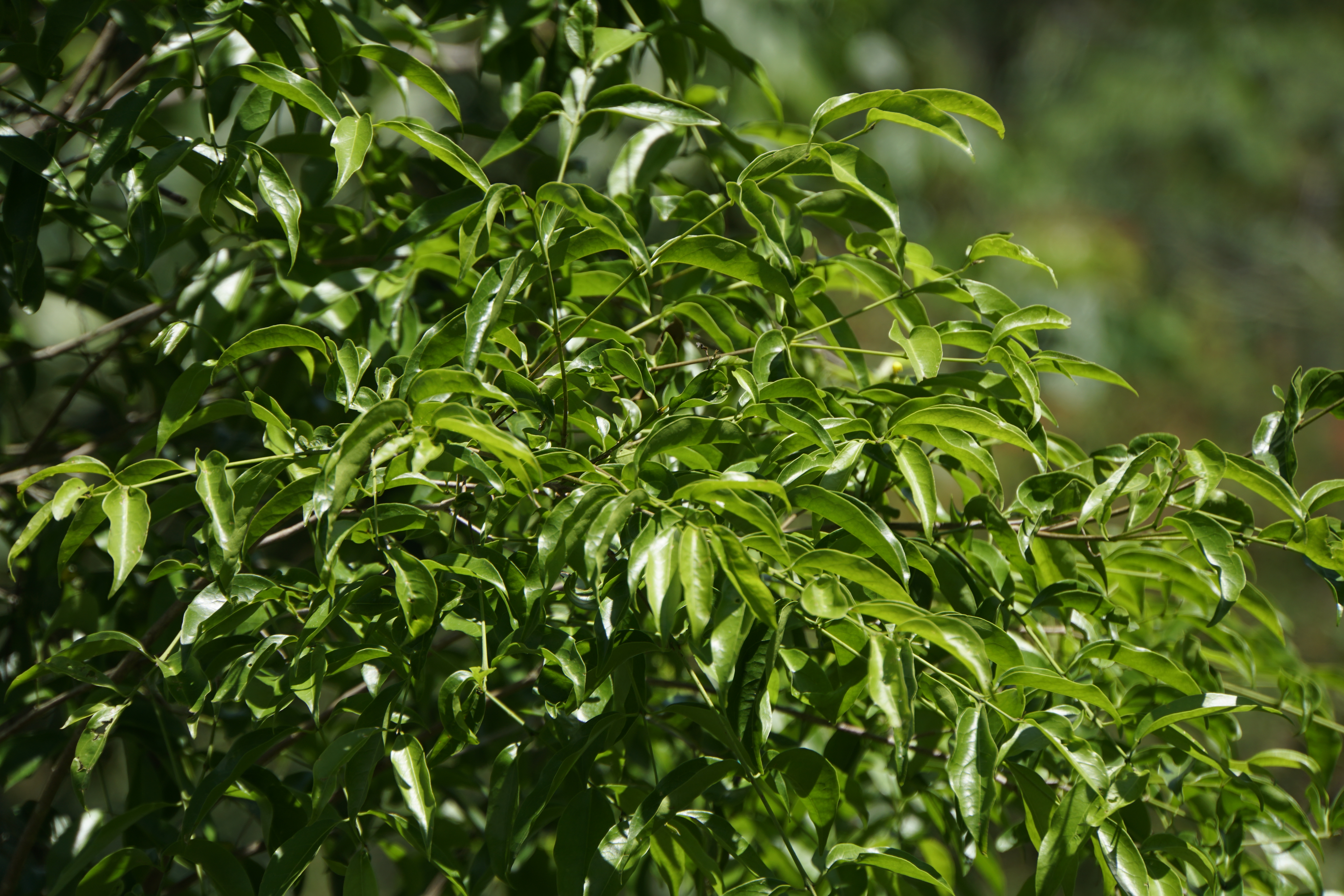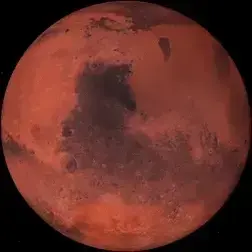

There is a new process for treating wastewater sludge that destroys the microfibers, so that is good news at least. I think it may be expensive, of course. It is called “hydrothermal carbonization”. Basically put the sludge in a giant pressure-cooker and the heat breaks the plastics into carbon and some water-soluble residual molecules which can go back to the start of the wastewater treatment plant to be biodegraded. But like others say, the main source in general is tires - not sure if they know whether tire microplastics are the main source in agricultural land though.










Tthis is perhaps good news, but it does not amount to a change of course, unfortunately. If we have passed peak emissions, it is still a long way from net-zero emissions. Like if you pass your peak rate of overspending your salary, but you are still continuing to go farther into debt. Even when you get to parity between salary and expenditures, you will STILL have the accumulated debt and in the case of CO2, that debt is wreaking ecosystem destruction. Do not cheer this news.